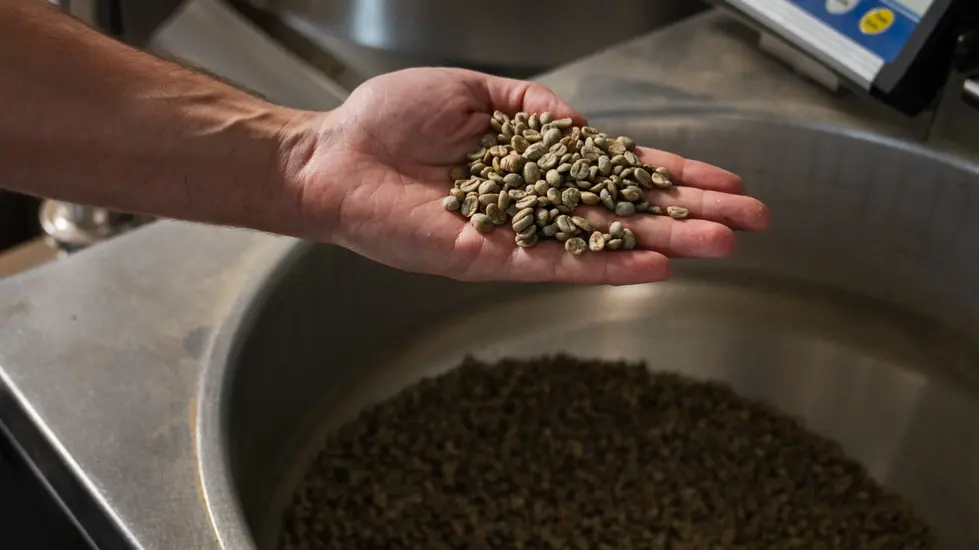T4K3.news
Wholesale vegetable prices rise
July's PPI shows a 3.3% rise with vegetables up 38.9%, driven by weather, labor and tariff factors.
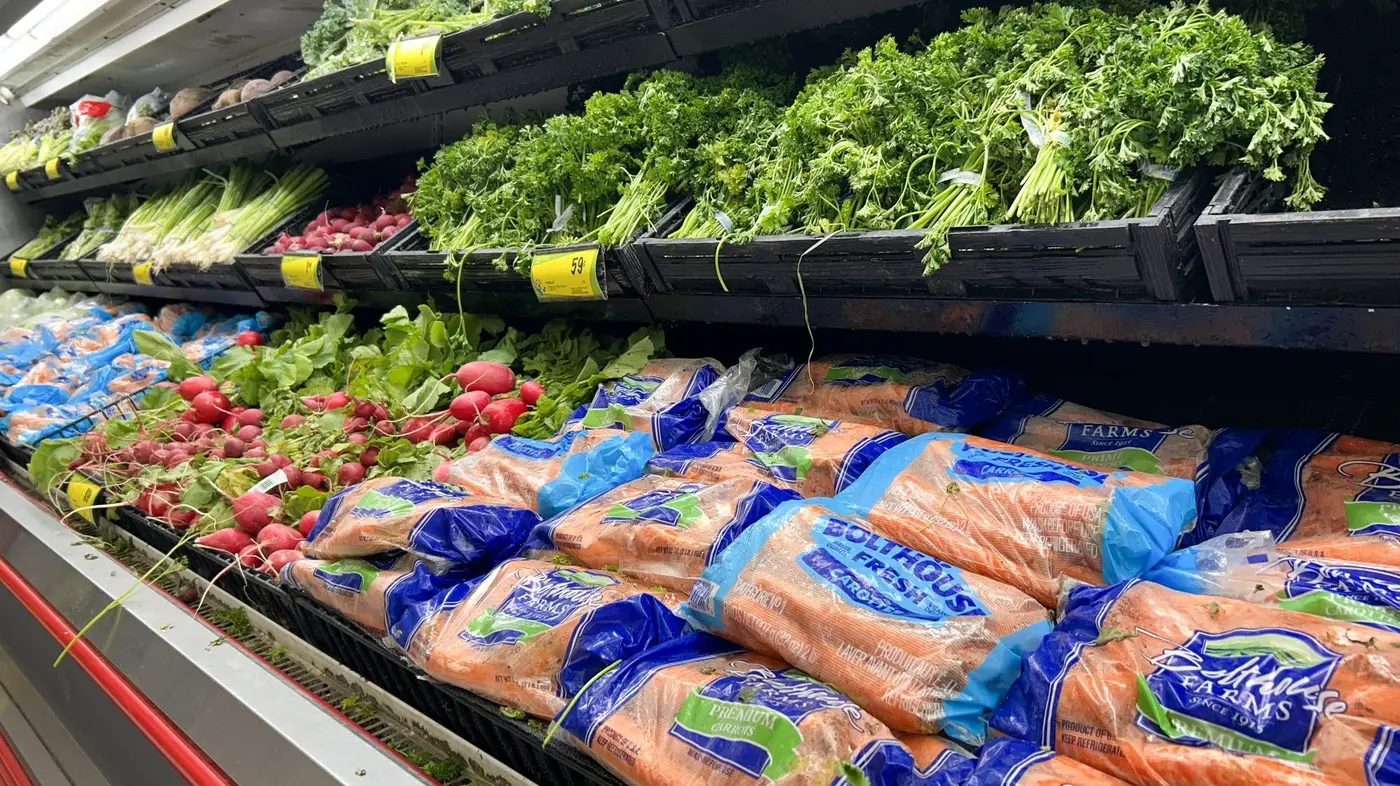
July's producer price index rose 3.3 percent, with wholesale vegetables up 38.9 percent as weather, labor and trade policy inject volatility into markets.
Wholesale vegetable prices surge driven by supply shocks and tariffs
The Bureau of Labor Statistics reports a 3.3 percent year over year rise in the producer price index for July. The jump is broad, but the sharpest move comes from the fresh and dry vegetables category, where wholesale prices climbed 38.9 percent. This index measures what grocery stores pay to source produce, not the prices shoppers pay at checkout.
Experts say no single factor explains the move. Climate conditions may be making harvests less predictable, and labor shortages could be linked to immigration policy. Tariffs on imported vegetables also raise costs. Because the PPI focuses on wholesale costs, cuts to supply from any of these sources can lift prices even before they reach shelves. Retailers with thin margins may pass much of the increase to consumers in coming months.
Key Takeaways
"This could literally be the fact that many of the workers that were picking these things in the fields are actually afraid to go to work."
Blyth suggests labor fears linked to immigration policy could reduce harvests
"Could this simply be a result of climate change? Could this be the fact that things are hotter and drier? Yes."
Blyth points to climate conditions as a possible driver of volatility
"Now there's less supply available to meet the demand, and so that's gonna raise the price up."
Ortega links tariff pressure to tighter domestic supply
Volatile wholesale prices for vegetables show how weather, labor policy and trade policy can ripple through the food chain. The same markets that support farmers also test household budgets and retailer margins.
Looking ahead, the risk is that price swings become a longer term feature if policy or climate conditions stay in flux. A pattern where wholesale costs move with policy changes could push food inflation into the headlines again and shape political debate about what counts as essential goods.
Highlights
- Prices bounce like a cardiac chart and this bounce is not outlandish
- Weather, labor policy and tariffs now share the blame for price swings
- A grocery bill getting louder than the inflation report
- Supply limits push prices up even when the harvest seems healthy
Produce price volatility linked to policy and trade risk
A sharp rise in wholesale vegetables highlights how weather, labor policy and tariffs can affect prices. The political context around immigration policy and tariff disputes could amplify public reaction and consumer costs.
The path to steadier prices will depend on clearer policy and reliable harvests
Enjoyed this? Let your friends know!
Related News
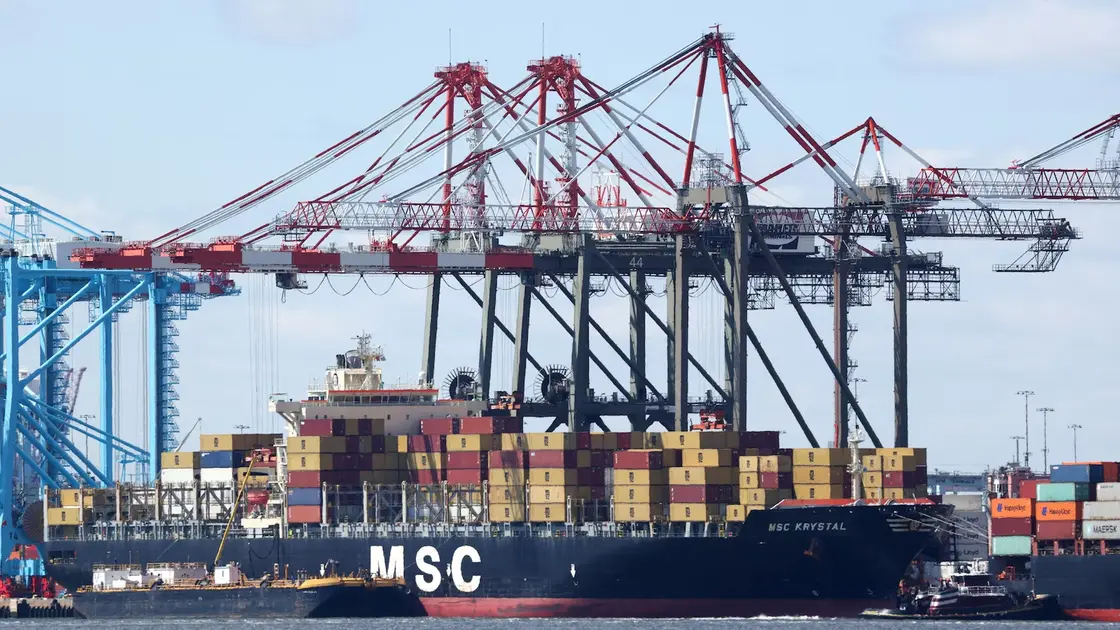
Wholesale vegetable prices surge

Wholesale inflation climbs in July amid tariffs
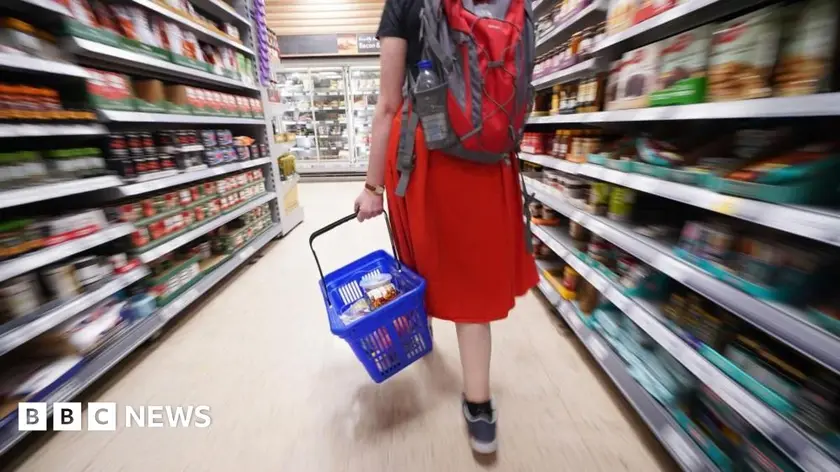
Food prices rise 4% driven by increased meat and tea costs
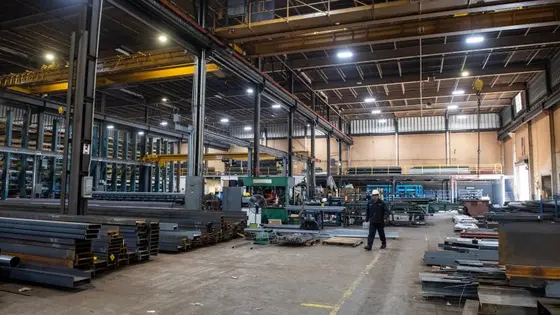
US inflation report indicates mixed economic signals

Electric Bills to Rise in 13 States Due to Data Centers
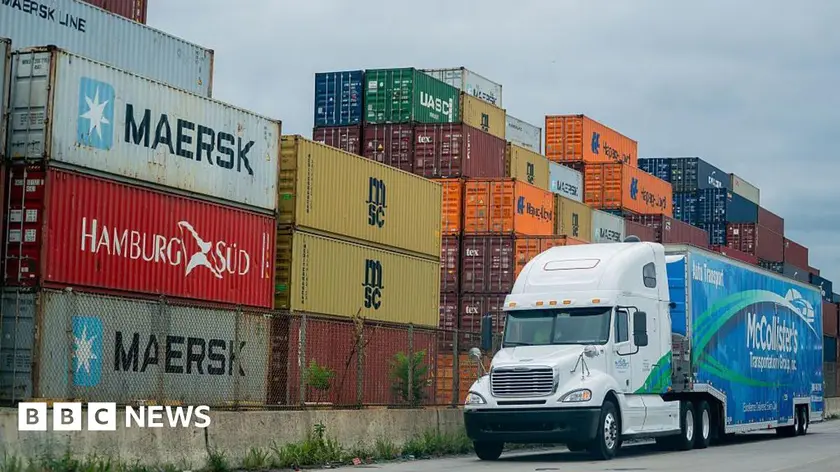
US wholesale prices rise in July amid tariff impact
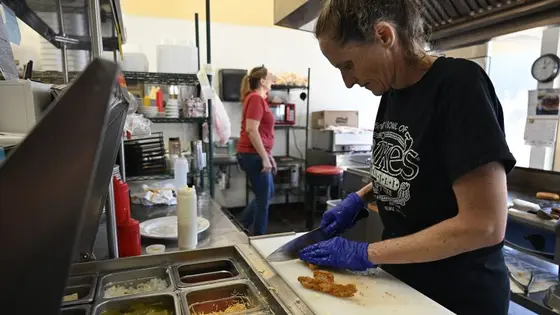
Rising costs push restaurants toward a critical moment
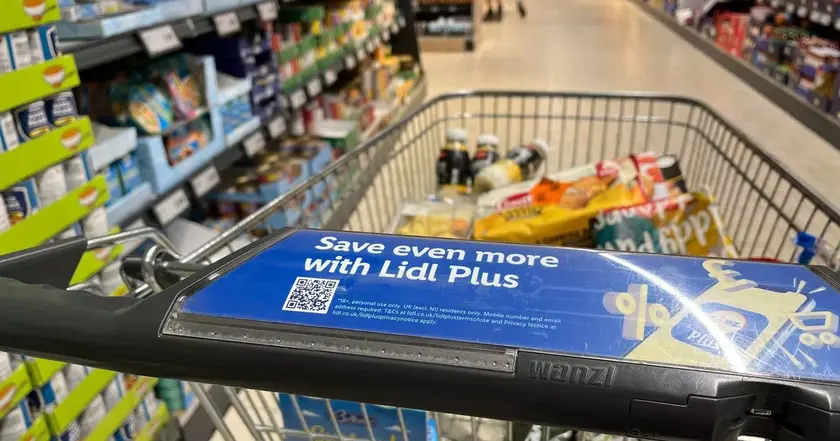
Sainsbury's remains most expensive supermarket for essentials
